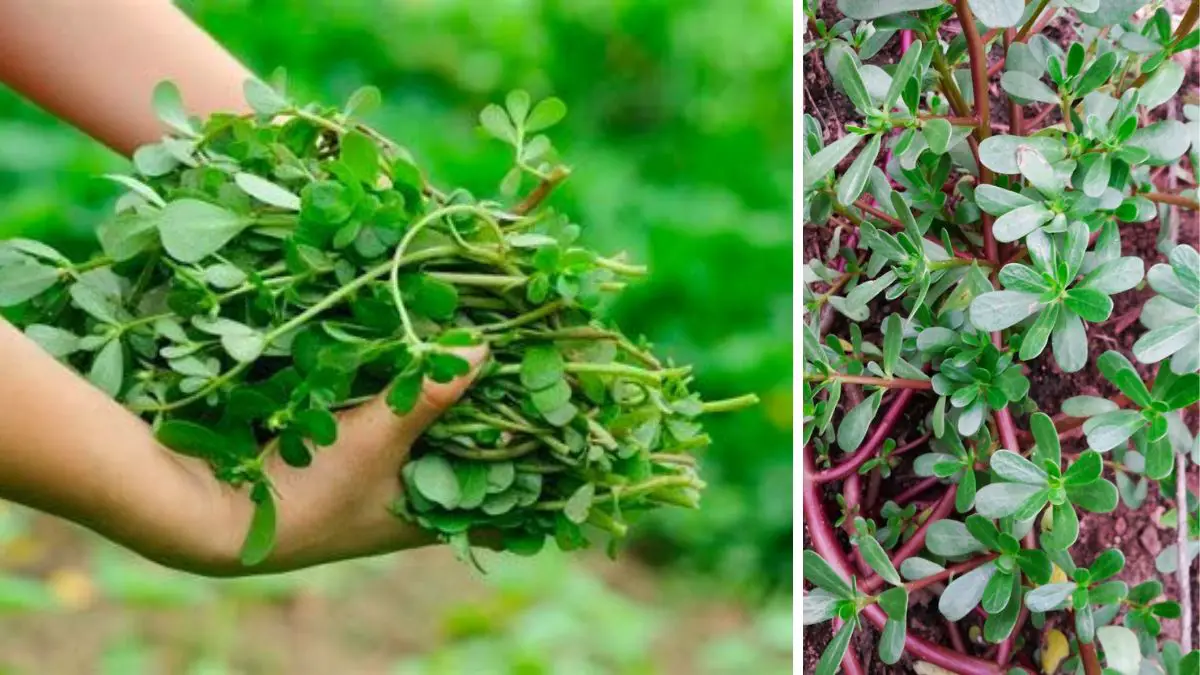Good News
Common Weed May Be “Super Plant” That Holds Key to Creating Drought-Resistant Crops
It may be the “super plant” scientists have been searching for.

According to a paper published August 5 in the peer-reviewed journal Science Advances, there’s a common weed that may be the “super plant” scientists have been searching for that holds the key to creating drought-resistant crops in the future.
Portulaca oleracea, commonly known as purslane, is a common plant that can teach us significant lessons about how to breed crops that are resistant to drought, as Yale scientists report in their exciting new paper.
It combines two unique metabolic pathways to produce an innovative form of photosynthesis. This provides the weed known as purslane with the ability to withstand drought while maintaining a high level of productivity.
“This is a very rare combination of traits and has created a kind of ‘super plant’—one that could be potentially useful in endeavors such as crop engineering,” said Erika Edwards, Yale professor of ecology and evolutionary biology and senior author of the study.
To enhance photosynthesis, plants have independently evolved a wide range of unique systems. For instance, C4 photosynthesis, which was developed by corn and sugarcane, enables the plant to continue producing under high temperatures.
Portulaca oleracea is special because it has both of these evolutionary adaptations, which enable it to be extremely productive and drought tolerant, an uncharacteristic pairing for a plant. The majority of scientists thought that C4 and CAM functioned separately inside purslane leaves.
However, a spatial investigation of gene expression within the leaves of purslane was done by a Yale team led by co-corresponding authors and postdoctoral fellows Jose Moreno-Villena and Haoran Zhou, who discovered that C4 and CAM activity are completely integrated. Within the same cell, the C4 pathway handles the end products of CAM processes. This strategy affords a C4 plant remarkable defense against drought.
They also constructed metabolic flux models that predicted the establishment of an integrated C4+CAM system, corroborated by the experiments.
Scientists may be able to modify crops like corn to better resist extended drought if they have a better grasp of this unusual metabolic route, say the authors of the study.
“In terms of engineering a CAM cycle into a C4 crop, such as maize, there is still a lot of work to do before that could become a reality,” said Edwards. “But what we’ve shown is that the two pathways can be efficiently integrated and share products. C4 and CAM are more compatible than we had thought, which leads us to suspect that there are many more C4+CAM species out there, waiting to be discovered.”
According to the National Institute of Health, the plant is also one of the healthiest greens to eat due to the high levels of Omega 3 in its leaves.
Typos, corrections and/or news tips? Email us at Contact@TheMindUnleashed.com
